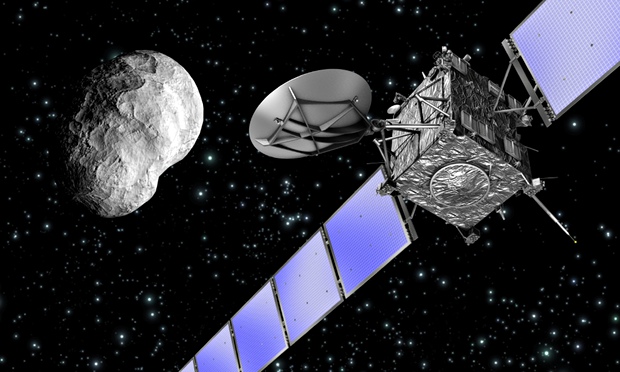Philae of the Rosetta Probe, a European robot probe, landed on the comet that is a remnant of the early solar system and may hold key information on the beginnings of life on Earth. However, researchers lost contact with the probe on Friday, November 7. In a desperate attempt to make use of the probe’s capabilities, the research team initiated the digging process of the comet in order to collect samples. The contact was lost before data was able to be sent back to Earth because “…the orbiter [was] below the horizon… We are not sure whether the batteries will still have enough energy to transmit the data when we get contact later…” according to Dr. Stephan Ulamec, the Philae Lander manager.
Several researchers believe that these comets spurred the evolution of life on Earth by introducing water and amino acids to the planet during the ‘bombardment phase’ 4.5 billion years ago, and this data gathered from the lander would have provided much insight on the origins of life on Earth. If scientists fail to establish the connection with the probe, there is still the chance that the solar panels will function once the comet’s orbit brings the comet closer to the Sun.
There is a possibility that the Philae robot may have bounced twice in the time span of two hours, which hindered its landing and connection with Earth. In the unlikely occasion that Philae becomes operational once more, scientists are planning to rotate the solar panel to face the Sun to gather information more directly. In either scenario, scientists are hoping to accumulate a substantial amount of data from the solar panels, as the Rosetta mission is continuing. On August 13, 2015, the comet will be the closest distance from the Sun (115 miles) between the orbits of Earth and Mars. At that point, Philae the lander will be useless due to the heat of the Sun.


